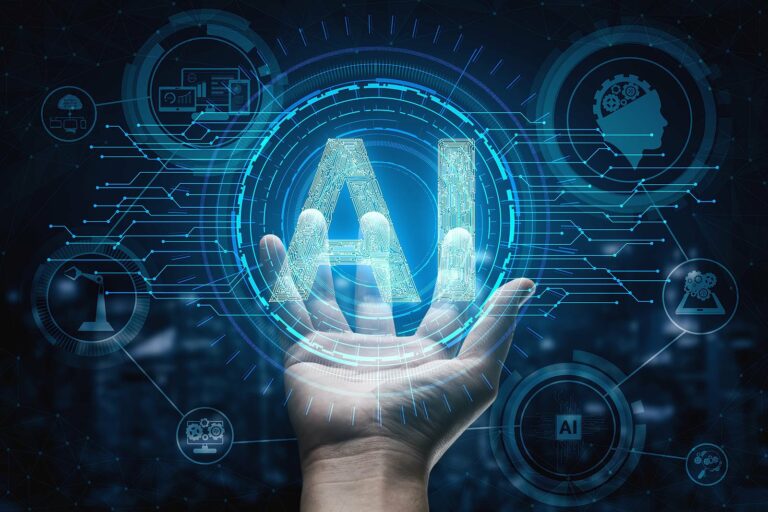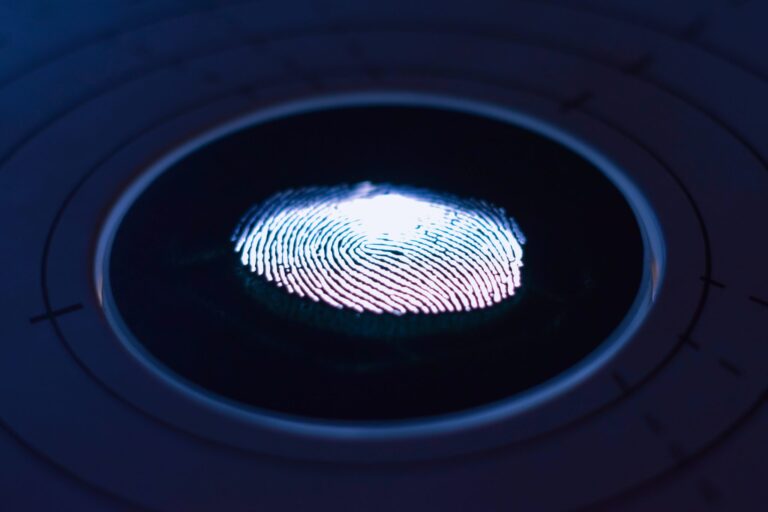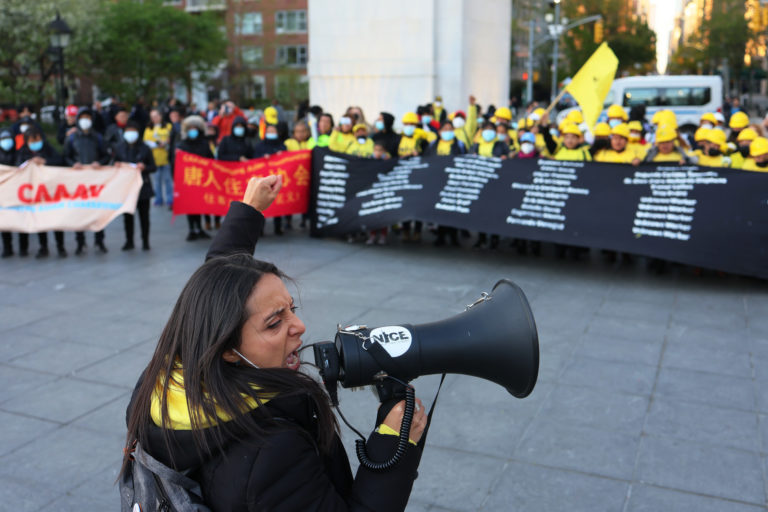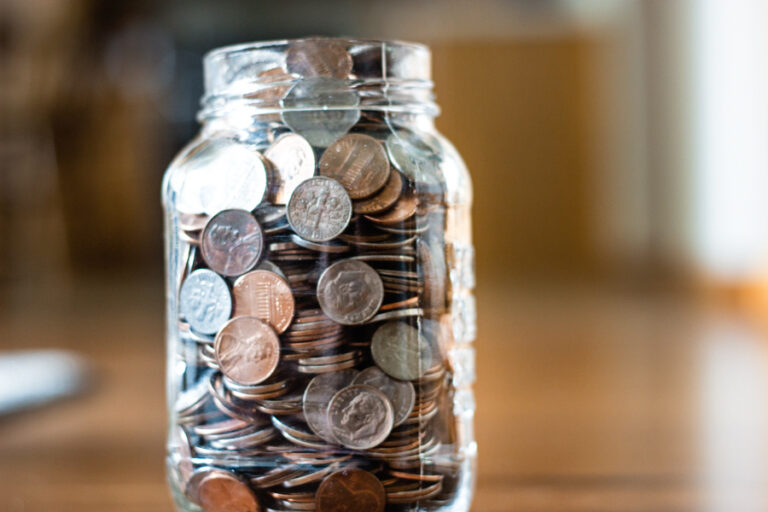
Maddie Chang is a student at Harvard Law School.
In today’s Tech@Work, Biden’s new executive order on AI addresses AI’s impact on work and workers; and SAG-AFTRA agreement requires studios to meet twice a year with the union to discuss AI.
At the end of last month, President Biden issued an Executive Order on Safe, Secure, and Trustworthy Artificial Intelligence (“the EO”) – a landmark moment for the regulation of AI across sectors. In Section 6 of the Order, Biden directs the Secretary of Labor to produce a report in consultation with workers and unions that covers three elements of “Tech@Work”: 1) the impact of AI on job displacement; 2) how AI will affect the quality of work and labor and health and safety standards; and 3) how AI is used at work to monitor workers and make decisions that affect workers. The EO calls on the Secretary of Labor to produce principles, best practice, and guidance that address these three domains, and to work with other agencies to implement them. Perhaps more notable than the actual content of the sections pertaining to work is the prominence of work and workers’ interests in a policy document that might otherwise focus only on the defense related, economic, and civil rights elements of AI. The press release accompanying the EO features comments first from Congress and industry, followed immediately by unions and labor leaders, which are then followed by other civil society voices. While somewhat symbolic, this ordering of stakeholders in combination with the worker-oriented substance of the executive order may signal an important path to influencing AI regulation more broadly, and on the flip side, a path for influencing work law more broadly.
As Marina has covered in more depth in a separate post, the 118-day SAG-AFTRA strike has come to a close, with contract terms that include first-of-their kind provisions on the use of AI. While final contract language is not yet public, the 18-page summary version outlines the terms and has the AI provisions featured on page one. Yesterday in a SAG-AFTRA Instagram live, the union’s Executive Director and chief negotiator Duncan Crabtree-Ireland answered key questions about the union’s approach to AI, starting with why AI is not outright banned in the contract. He noted that the union does not have the power (nor desire necessarily) to fully ban AI in the industry, but wanted to use its leverage to limit the use of AI and ensure that it’s used in a way that respects members, building on histories where unions have shaped the use of tech at work. To that end, one of the key contract terms requires studios to meet twice per year with the union to re-discuss the evolving uses of generative AI.










Daily News & Commentary
Start your day with our roundup of the latest labor developments. See all
December 19
Labor law professors file an amici curiae and the NLRB regains quorum.
December 18
New Jersey adopts disparate impact rules; Teamsters oppose railroad merger; court pauses more shutdown layoffs.
December 17
The TSA suspends a labor union representing 47,000 officers for a second time; the Trump administration seeks to recruit over 1,000 artificial intelligence experts to the federal workforce; and the New York Times reports on the tumultuous changes that U.S. labor relations has seen over the past year.
December 16
Second Circuit affirms dismissal of former collegiate athletes’ antitrust suit; UPS will invest $120 million in truck-unloading robots; Sharon Block argues there are reasons for optimism about labor’s future.
December 15
Advocating a private right of action for the NLRA, 11th Circuit criticizes McDonnell Douglas, Congress considers amending WARN Act.
December 12
OH vetoes bill weakening child labor protections; UT repeals public-sector bargaining ban; SCOTUS takes up case on post-arbitration award jurisdiction